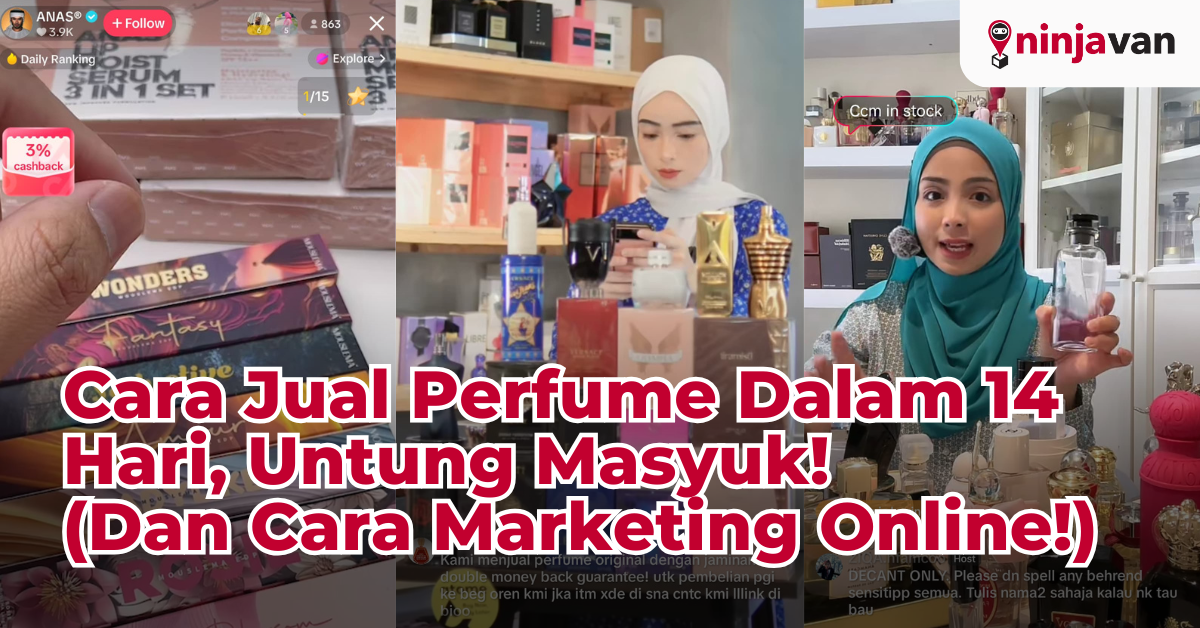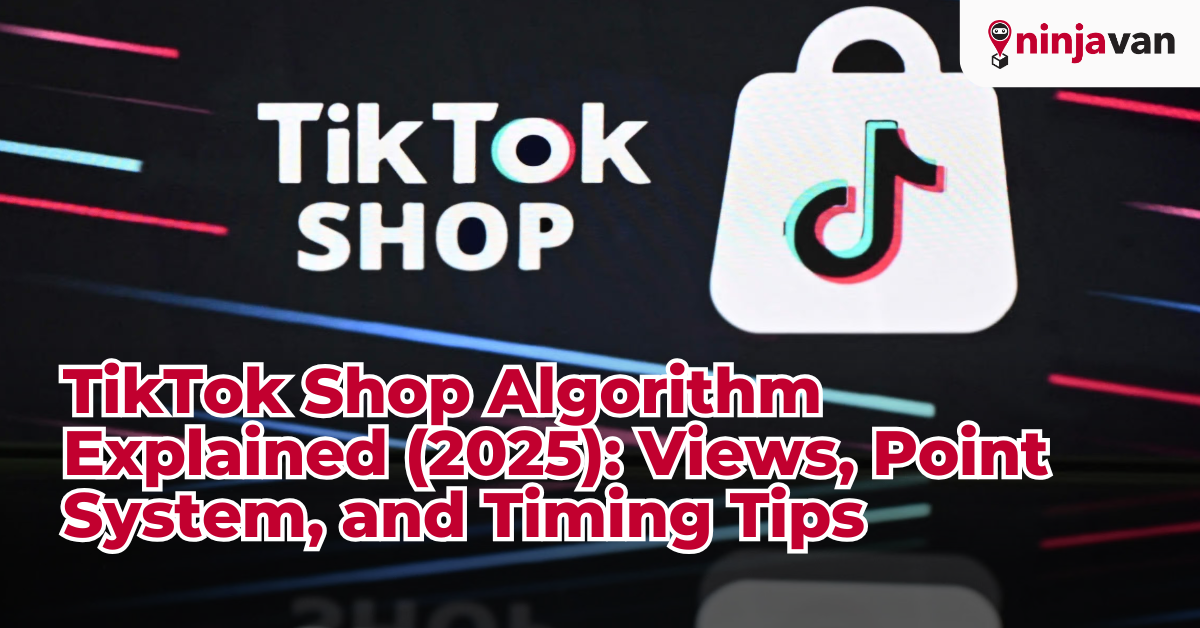In the dynamic landscape of today’s digital era, social media has become an indispensable tool for businesses, especially online sellers. Beyond mere connectivity, it serves as a gateway to potential customers, a platform to promote products or services, and a medium for building brand awareness. With the right social media platform, you can tap into a vast audience and carve your niche in the digital marketplace.
However, navigating the world of social media marketing requires finesse and a clear understanding of what works and what doesn’t. To help you harness the power of social media effectively, here are some digital marketing do’s and don’ts for social media that you have to know.
The Do’s
#1. Develop a strategy
Creating and posting content alone won’t cut it. You need a targeted strategy to hit your goals. Start by defining objectives. What do you want to achieve through social media efforts? Are you looking to boost sales, get your brand out there, or maybe drive some traffic? Your goals will shape your game plan. Identify your audience next. Who are they? What makes them tick? Dig into their demographics, preferences, and habits. The more specific you are, the more effective your social media marketing strategies will be.
Just remember, social media marketing strategies aren’t static – they’re constantly evolving. You will need to constantly analyse and fine-tune your approach. Dig regularly into your social media insights to understand what’s working and what’s not. Are your posts about product showcases getting more likes and comments? Do behind-the-scenes glimpses into your operations lead to more interaction? By understanding these details, you can decide where to focus your efforts. This ongoing process of analysis and optimisation is what separates successful social media marketing from aimless posting.
#2. Engage your audience with diverse and compelling content
In your pursuit of social media success, a well-thought-out content calendar becomes your best friend. Strike a balance by integrating various types of posts, from showcasing your products and offering behind-the-scenes peeks into your operations to sharing user-generated content and providing valuable insights related to your industry. Coupled with eye-catching visuals, engaging videos, and relatable captions, this approach effectively eliminates monotony and guards against the possibility of your audience glossing over your content without engaging due to format fatigue.
To elevate your strategy even further, you can incorporate opportunities for your audience to actively engage with your brand and foster genuine connections. Invite them to participate in polls, candid Q&As, take quizzes or ask them to join you during a live session. Through these dynamic interactions, you’ll also gain invaluable insights into your audience’s preferences, such as their concerns and preferences. This understanding will become a powerful tool to help you craft targeted campaigns more precisely.
#3. Be consistent
Think of it as opening your shop at the same time daily – a dependable expectation that resonates with your customers. Craft a solid posting schedule that syncs with peak audience engagement hours. Whether it’s the crack of dawn, midday, or evening, align your content delivery accordingly to become an anticipated part of their online routine. Leverage tools like Buffer, Hootsuite, and Sendible to streamline your consistency efforts.
When it comes to posting frequency, strike a balance that’s both sustainable and effective. Quality surpasses quantity, so avoid overwhelming your audience with an influx of posts. Gauge audience response and adjust your frequency accordingly. Once you’ve defined your posting schedule and frequency, stick to it religiously. This consistency doesn’t just build a following; it nurtures a community that values and eagerly awaits.
#4. Leverage influencer collaborations
Incorporating influencer collaborations can be a strategic game-changer. Teaming up with local influencers can infuse an authentic and relatable dimension into your brand, establishing a connection that goes beyond conventional marketing. The key lies in identifying influencers whose content resonates with your products or services.
Imagine you’re a Malaysian online seller of artisanal snacks. Seeking to expand your brand’s reach, you team up with the renowned Instagram page @KLFoodie. They showcase your delectable snacks in a visually captivating post, which sparks engagement among food-loving followers. They then host a giveaway, further introducing your brand to a wider audience. As they share their authentic experience of enjoying your snacks, their credibility and endorsement fuel a surge in online orders. This partnership expands your reach and forges a bond with a community that shares your passion for exceptional flavours.
The Dont’s
#1. Drown in excessive self-promotion
Resisting the temptation to inundate your social media accounts with unending product promotions is paramount. While promoting your offerings is undeniably a vital component of your marketing strategy, overindulgence in self-promotion can lead to unintended consequences that undermine your brand’s authenticity and engagement levels.
Rather than bombarding your followers with sales pitches, focus on disseminating content with intrinsic value. When crafting your social media posts, focus on disseminating information that not only showcases your products but also enriches the lives of your followers. Share valuable tips, industry insights, how-to guides, and relatable stories that evoke genuine reactions from your audience. By viewing your platform as an avenue for more than just selling, you establish a sense of reciprocity that fosters trust and goodwill among your followers.
#2. Completely ignore negative comments (or worse, remove them)
Imagine this: a fashion brand chooses to disregard customers’ frustrated comments about late deliveries during a highly anticipated festive season sale. What happens next? It escalates. People aren’t just upset about late deliveries anymore – they’re also peeved about the silence. As a result, the brand’s reputation takes a hit, with highly visible negative reviews appearing prominently in search results like Google ratings and on other platforms. This not only disappoints and drives away existing customers, but also dissuades potential customers, leading to revenue loss.
While we might not exactly love negative comments and unfavourable reviews on social media, brushing them aside or even deleting them is not the way to go. Instead, it’s time to step up and show your dedication to keeping your customers satisfied. Address it professionally and with empathy. By showing that you’re committed to solving problems, you’re not just saving your brand’s image – you’re turning a stumble into a chance to shine.
#3. Copy competitors’ strategies blindly
Blindly copying a competitor’s social media strategy might seem like a shortcut to success, but there’s a catch. While imitation might flatter, it can also lead you down a path of losing what makes your brand one-of-a-kind. Here’s the thing: every brand has its own story, vibe, and voice. Just because something works for someone else doesn’t automatically mean it’ll work for you too.
So, the golden rule here is to take inspiration, not imitation. Sure, keep an eye on what your competitors are up to, but add your own twist. Take their strategies, sprinkle in your personality, and craft a social media approach that’s true to your brand. By doing so, you’ll not only stand out in the crowd but also create a genuine connection with your audience. Remember, being yourself is what sets you apart, and that’s the secret ingredient to social media success.
#4. Ignoring platform-specific nuances

It’s a common trap to assume that a single content approach can conquer all social media platforms. Duplicating your content across platforms can lead to a mismatch between what you’re putting out and what your audience is looking for. A compelling post with lots of details might work well on Facebook. But if you copy-paste the same content onto Instagram or TikTok, the content falls flat.
To steer clear of this pitfall, embrace the uniqueness of each platform. Customise your content to fit what works best there. Share short and snappy updates on X, use striking visuals on Instagram, create fun videos for TikTok, and engage in deeper conversations on Facebook. By speaking the language of each platform, you’re not just sharing content – you’re connecting with your audience in a way that feels right to them.
To sum it up, navigating social media marketing as a Malaysian online seller requires a smart mix of strategy and authenticity. By embracing the do’s and avoiding the don’ts, you’re on the path to creating a strong social media presence that connects with your audience, boosts sales, and elevates your brand in the digital space. Remember, the world of digital marketing do’s and don’ts is constantly evolving – use it as your compass to adapt and refine your efforts while navigating the exciting journey of social media marketing.







